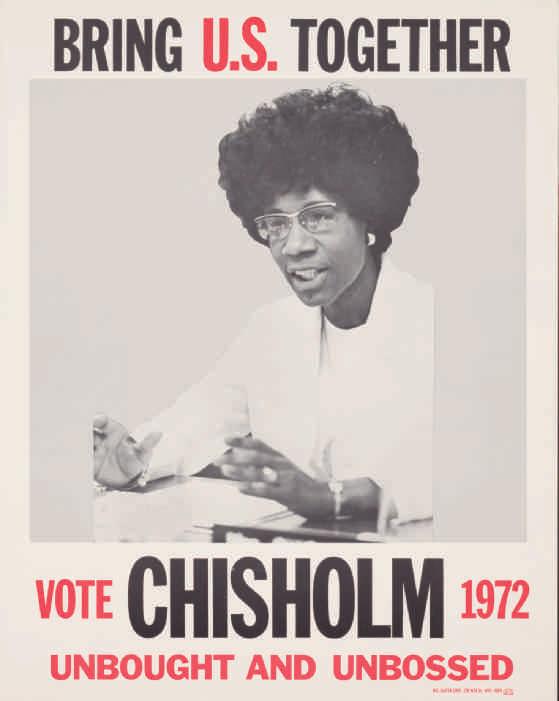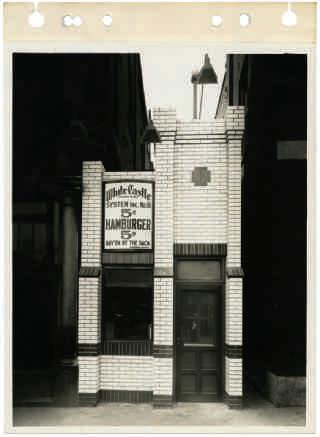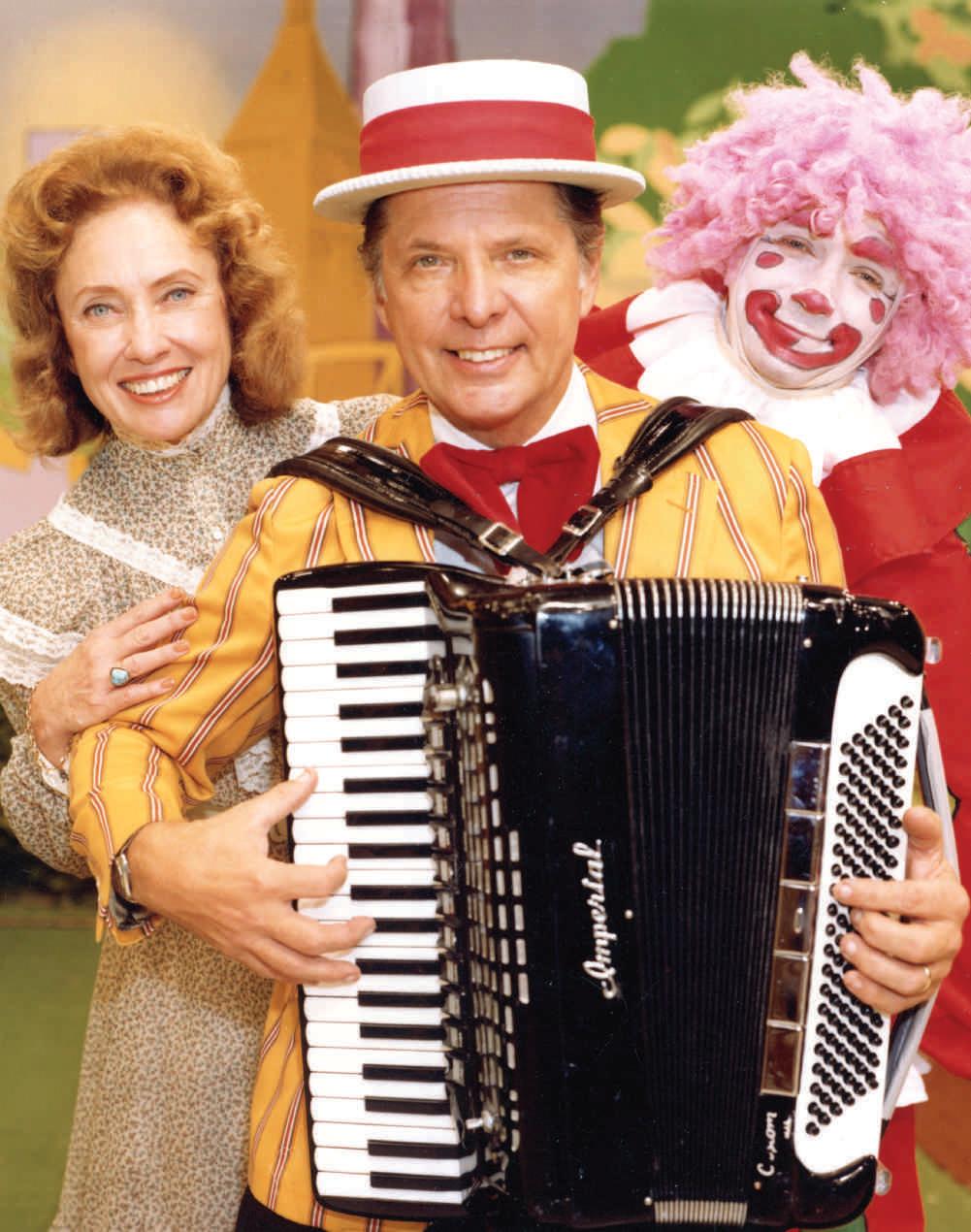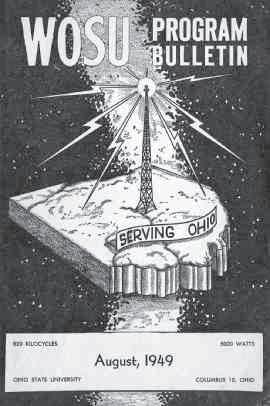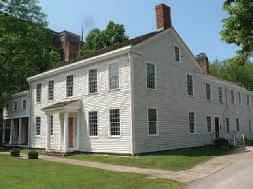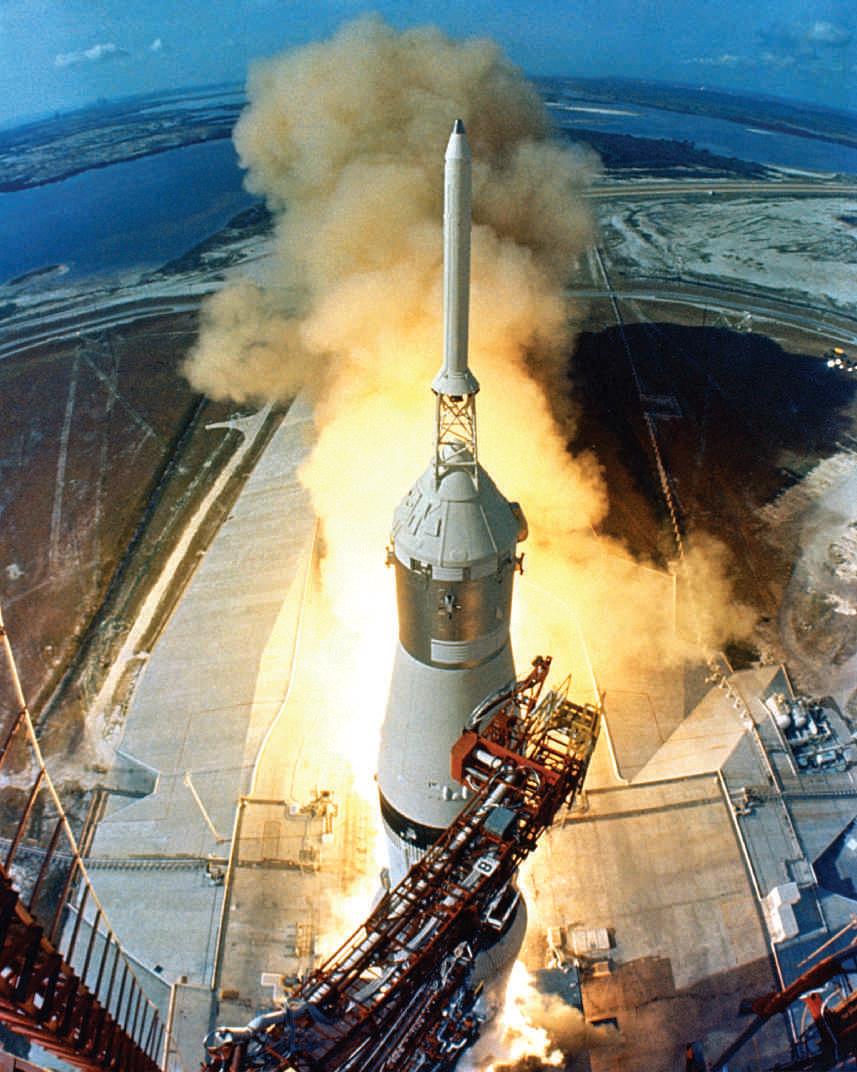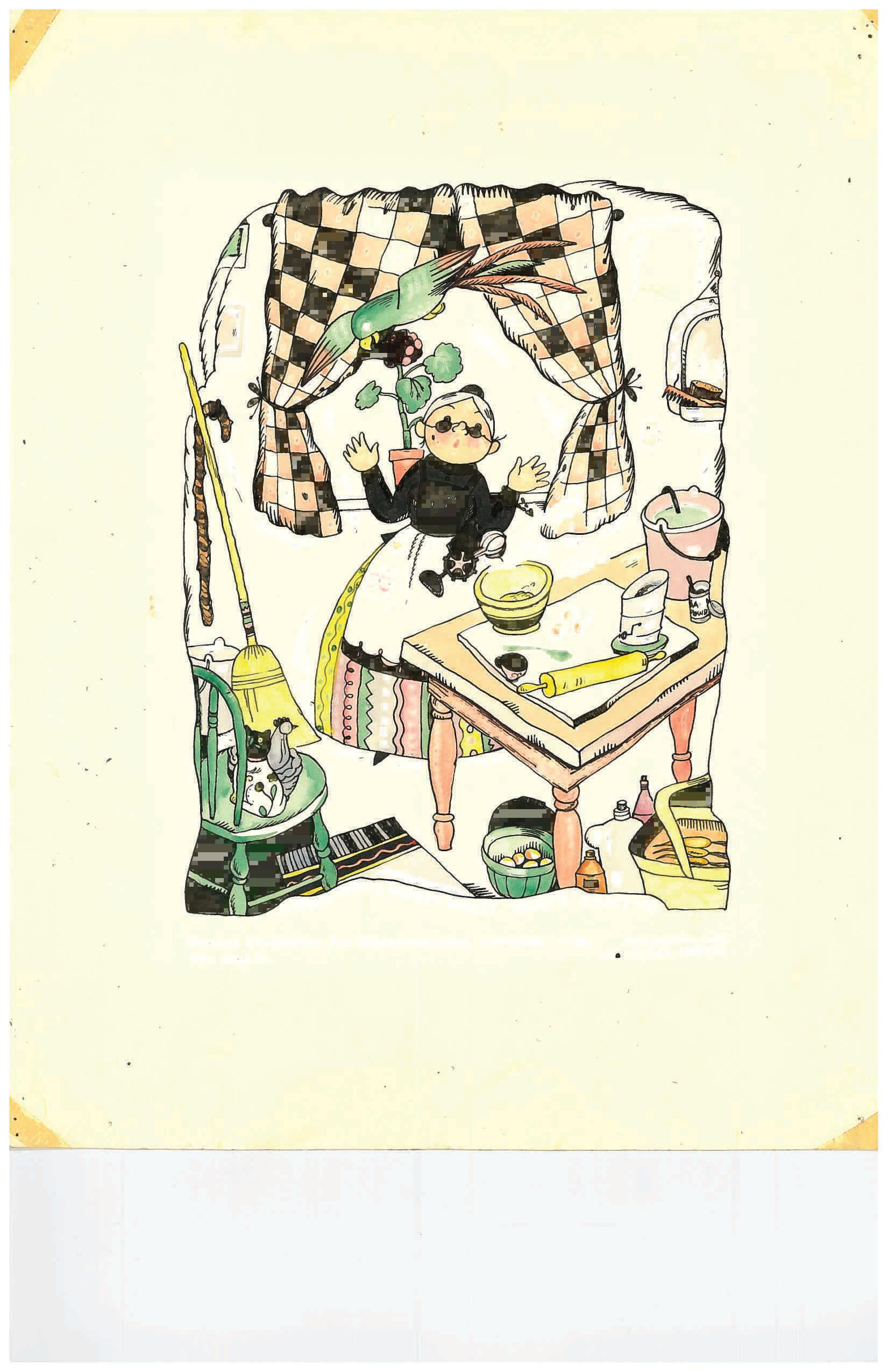
6 minute read
I Wish I’d Been There
BY BILL SCHURK
I’d just graduated from Wilbur Wright Junior High School in June 1955, whiled away my summer and entered 10th grade at John Marshall High School on Cleveland’s West Side in September.
Little did I know—and for that matter neither did my classmates—that within a little over a month, Oct. 20 to be exact, and only five miles away, there would be one of the coolest assemblies/concerts of all time—especially for we tough and music-hungry kids. We weren’t going to be there, but the lucky students at Brooklyn High School just south of the Big City were! I’m talking about a touring group of rock ‘n’ roll and pop singers and musicians visiting local schools and nearby gathering places. All of this excitement was organized and arranged by two prominent WERE disc jockeys, Bill Randle and Tommy Edwards. Between them, all types of pop music made the radio waves. (Randle had more of a pop/ jazz/rock ‘n’ roll bent, while Edwards covered mostly rock ‘n’ roll and country.) A LITTLE-KNOWN SINGER
Some of the singers on the concert program included Pat Boone, Bill Haley and his Comets, the Four Lads, Priscilla Wright and—surprise, surprise—an unknown at the time, Elvis Presley. Bill Haley’s group was one of the highlights with its hit songs Shake, Rattle, and Roll; Dim, Dim, the Lights; and the No. 1 hit, Rock Around the Clock, all on Decca Records. Haley had recorded earlier on the Essex label more as a country act, naming his group “The Saddlemen.”
Pat Boone was known as an easygoing crooner fronting a full orchestra. His specialty: introducing listeners to less “wild” versions of current popular rhythm and blues vocals, much to the derision of the purists of that musical style. Boone played three of those covers, including Two Hearts by the Charms, Ain’t That a Shame by Fats Domino and At My Front Door by the El Dorados.
Two Canadian acts were also on the bill: Priscilla Wright (The Man in the Raincoat) and The Four Lads from Toronto (Moments to Remember).
No, I’m not leaving Elvis out! FROM COUNTRY TO ROCK
The King had actually performed in Cleveland in February on a bill featuring country performers put together by DJ Tommy Edwards. This time around, his rock ‘n’ roll/country roots were going to shine.
Elvis was actually the first artist to score hits for Sun Records, Sam Phillips’s independent label in Memphis. A number of other musicians would follow in his footsteps, but Elvis was first. As they awaited the last act to appear on stage at Brooklyn High, the kids were getting restless but still behaved themselves. All 600+ students had been promised by their superintendent that if they didn’t get out of hand they would be treated with another show in the future.
With his band playing in the background, Elvis twisted, shook and bopped all over the stage and the teens quietly got loud. They were treated to songs they possibly listened to on the radio or would be buying soon in their local record store.
Included for the audience were Baby, Let’s Play House; I Forgot to Remember to Forget; and Mystery Train. Through all of this, Bill Randle was “pleased as punch” because he knew he had a winner in Elvis. (But Pat Boone was a little skeptical and figured that Elvis wasn’t going to move far out of his country roots.) A DOCUMENTARY FILM
Randle was a towering figure, not only in the Cleveland market but also throughout the nation. His burgeoning fame gave Bill the idea that a documentary film of his role during the tour would introduce him to other audiences and markets. He became the self-proclaimed Pied Piper of Cleveland. Thus, Brooklyn High School was on this filming schedule and Bill was going to continue to be a proud man. It’s easy to surmise that most of the students, at least in Brooklyn, didn’t know there was filming going on. If all went well, Elvis Presley would be captured on film for the first time and history would be made. Since Elvis was last on the bill and time was running short, the cameraman and his assistant decided that this guy could be left off to save some footage. Bill wouldn’t hear any of this and slipped some checks to them and they kept
on with their task. And there it was, they had Elvis. Following all of these performances and the filming, the documentary was shown in various venues across the country. And then it mysteriously disappeared—supposedly. After Randle donated most, if not all, of his recordings, books and memorabilia to the Bowling Green State University Sound Recordings Archives and Popular Culture Library a couple decades after this concert, people found out about his donation and began calling the library to see whether the video was in the collection.
WHERE’S THE TAPE?
That was actually the first time I had ever even known about the film and its history. It turned out that it wasn’t part of Randle’s donation and its whereabouts is still in limbo. There is speculation regarding the location of the negatives. Did Col. Tom Parker, Elvis’s manager, destroy them, or did Randle actually sell them before he passed away? Because that concert was part of my time and my music, I became attached to all things related to that visual artifact. Elvis’s first time in film and second time appearing above the Mason-Dixon Line—some concept! I have been a record collector since my pre-teen days, so with my particular interest in rock ‘n’ roll, rhythm and blues, rockabilly and country, Elvis checks all the boxes. His first discs were on 78 rpm, then 45 rpm, then LPs and finally CDs. And he was always on the radio. He blended all those musical forms and gave me musical treats forever!
I wish I’d been there to see it. Bill Schurk made his mark on Bowling Green State University’s nationally renowned Music Library and Sound Recordings Archives for 50 years. He retired as BGSU's sound recordings archivist in 2017.
According to the Internet Movie Database, due to legal problems over ownership of the film, it has yet to be released officially since it was first previewed by the public in 1956. “Universal Studios reportedly still has the negatives in its vault.” 1950s Radio in Color: The Lost Photographs of Deejay Tommy Edwards, by Christopher Kennedy, features more than 200 candid photographs that “capture the birth of rock ‘n’ roll at its flash point: Elvis Presley while he was still dangerous; a
Elvis Presley, right, at Brooklyn High School in 1955. Guitarist Scotty Moore is left, bass player Bill Black, middle.
LEARN MORE raw and incomplete Chuck Berry before his star ascended; and some beady-eyed, high-voiced kid named Roy Orbison. It wasn’t just the architects of rock music whom Edwards had in his viewfinder. There were also pop and country music’s biggest stars; mysterious, unknown hopefuls; and vulnerable, deglamorized Hollywood celebrities.”
The Center for American Music Preservation released the multimedia collection The Bill Randle Chronicles: From Electric Elvis to The Shakers by Roger Lee Hall in 2016. The disc is available for $20 at ohiohistory.org/Elvis1.

